De Brazza’s Monkey
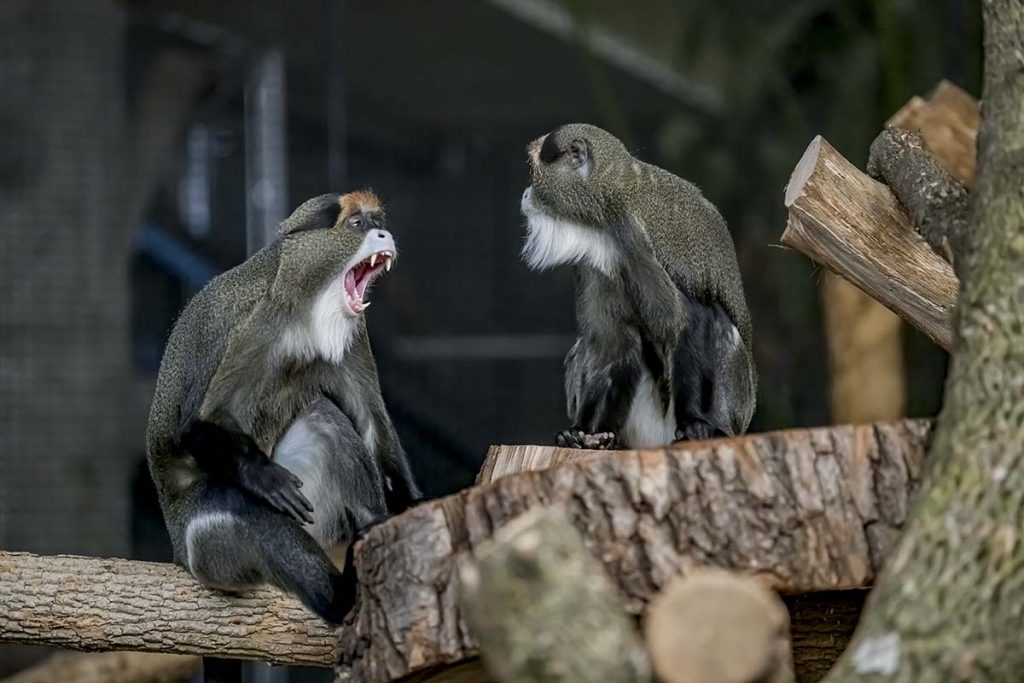
De Brazza’s monkeys are arboreal (live in trees). They choose habitats near water and are good swimmers. To protect themselves while foraging on the forest floor, De Brazza’s monkeys store food in their large cheek pouches to eat later when they are in a safe place. They are important seed dispersers in their habitat.
Red-ruffed Lemur
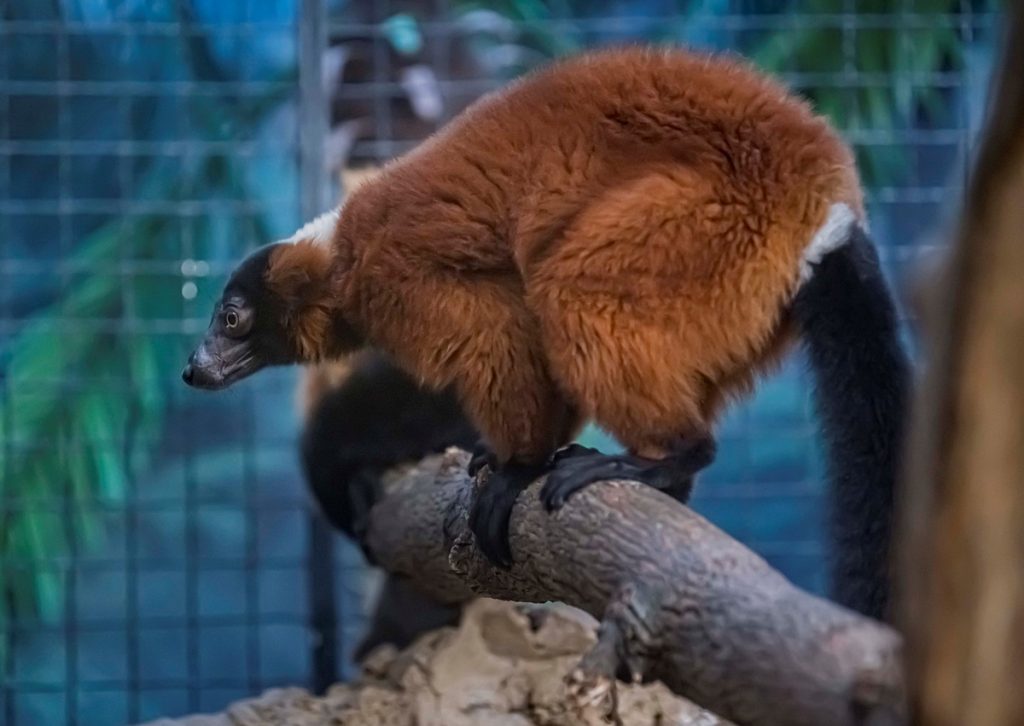
Red-ruffed lemurs are the world’s largest lemurs, living in female-dominated family groups of 2 to 16 animals. Red-ruffed lemurs are arboreal (live in trees) and very rarely descend to the ground. They are active during the day and spend most of their waking hours socializing and eating. They are critically endangered due to deforestation, hunting […]
Golden Lion Tamarin
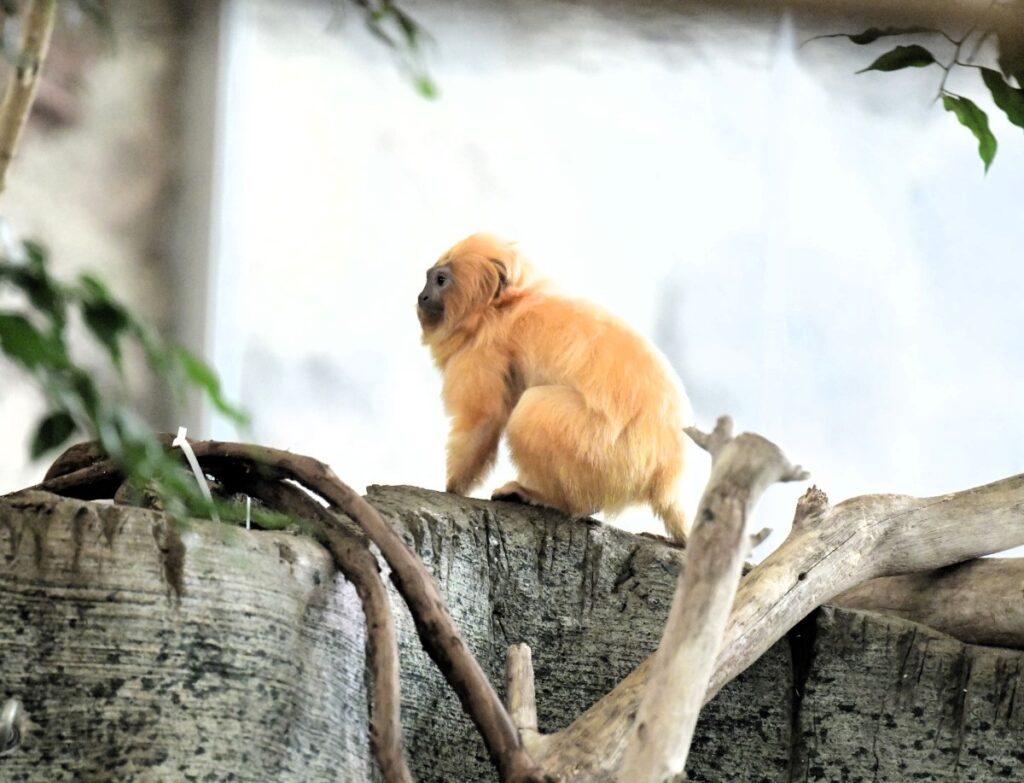
Golden lion tamarins have a unique tendency to give birth to twins. About 78 percent of all their births in the wild are twins, and the energetic demand of caring for two infants has shaped the social structure and cooperative breeding patterns prevalent in golden lion tamarins. The vibrant color of their coat is thought […]
Black-handed Spider Monkey
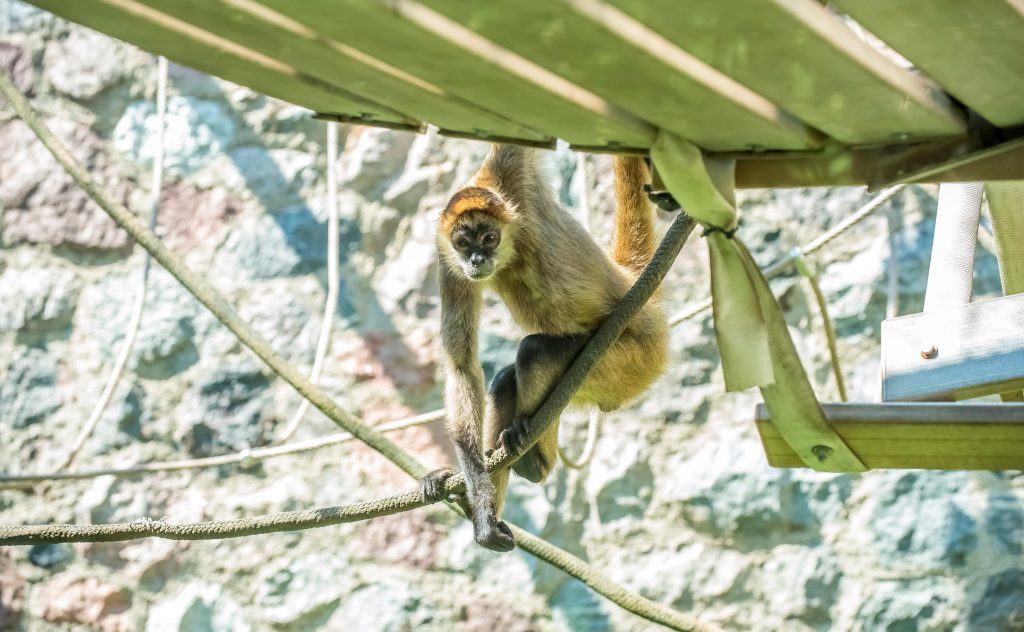
Spider monkeys don’t have thumbs on their hands — their four elongated fingers act as a hook when moving through the trees. Their prehensile tail acts like a fifth limb and can fully support the monkey’s body for extended periods. The hairless sensory area on the underside of the tip of their tail can pick […]
Siamang
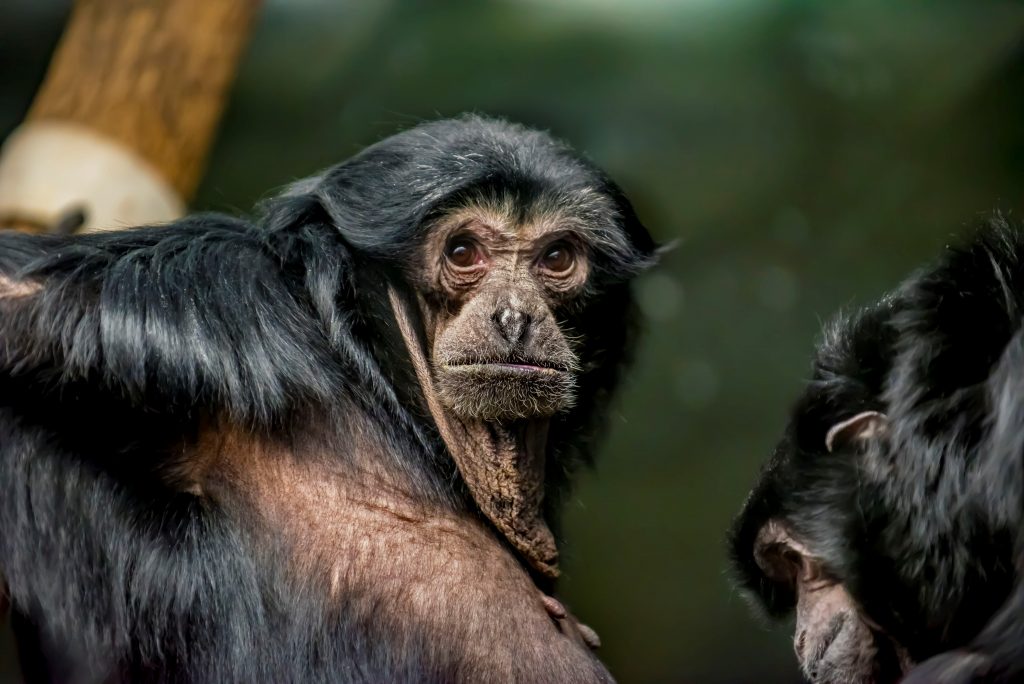
Siamang are the largest of the 14 species of gibbons. They’re very acrobatic and agile, with extra-long arms that help them cover up to 10 feet in a single swing. If they’re not swinging through the trees, they’re very likely walking along branches with their arms outstretched to help them keep their balance.
Orangutan
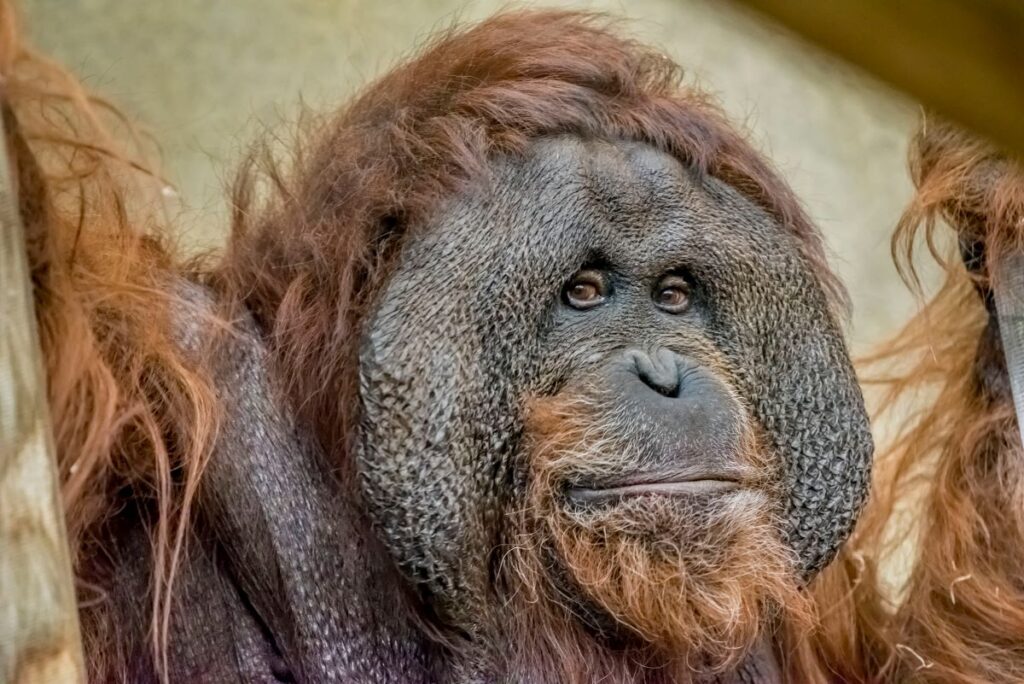
Orangutans are the largest tree-dwelling animal, and their name means “person of the forest” in Malay. Orangutans and humans share 97 percent of the same genetic material. Solitary animals, they rarely encounter others of their kind in the wild unless sharing a fruiting tree or mating.
Japanese Macaque
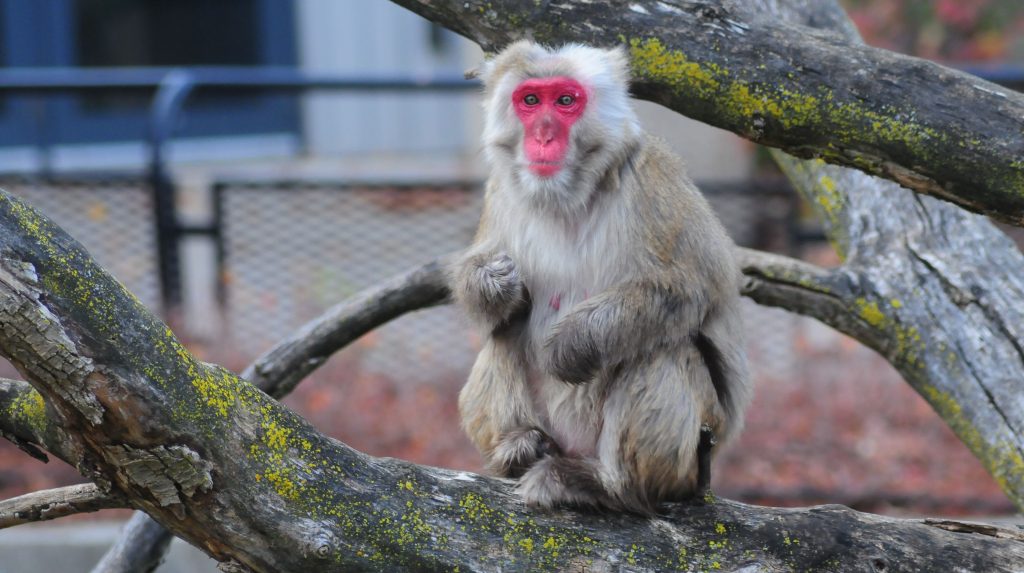
Also called snow monkeys, their fur is a unique adaptation to cold, as fur thickness increases as habitat temperature decreases. This allows the monkey to cope with winter temperatures as low as -4° F. It’s the only animal — other than humans and raccoons — that’s known to wash its food before eating it.
Goeldi’s Monkey
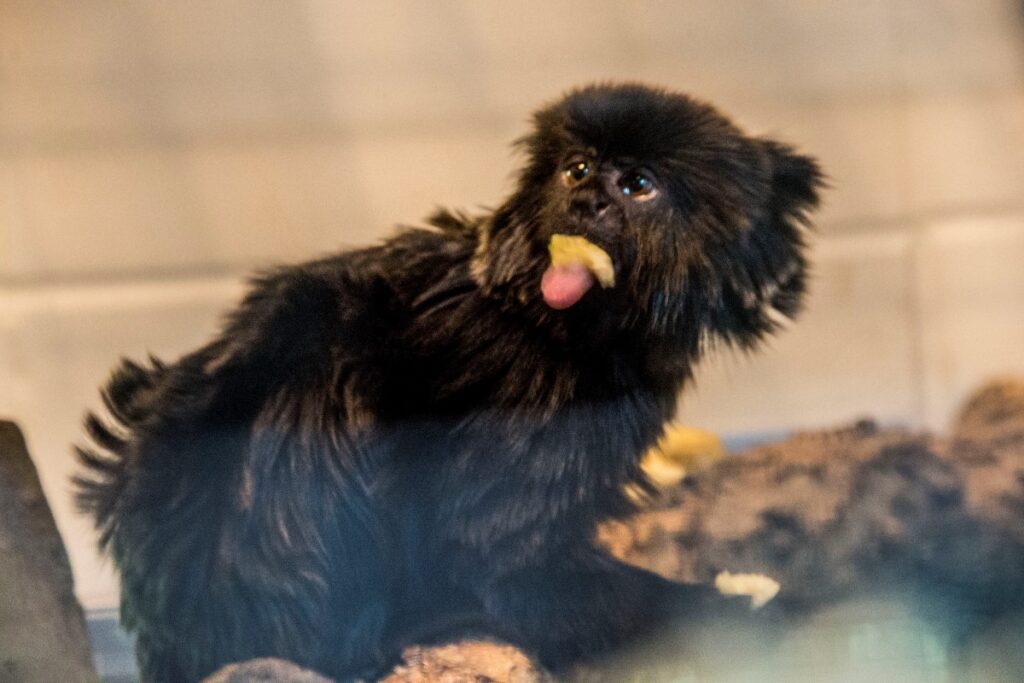
Goeldi’s monkeys gallop through the forest on all fours and are able to leap distances of up to 12 feet between branches — quite spectacular for such a small monkey! While most of their time is spent in the trees, they will come down to the ground, especially when looking for insects or vertebrates. They […]
Eastern Black and White Colobus Monkey

The eastern black and white colobus monkey is the largest of the African leaf-eating monkeys. Babies are born pure white and attain their black and white coloration at about six months of age. Colobus monkeys have unusual stomachs, with three of four different regions, similar to the digestive systems of cows.